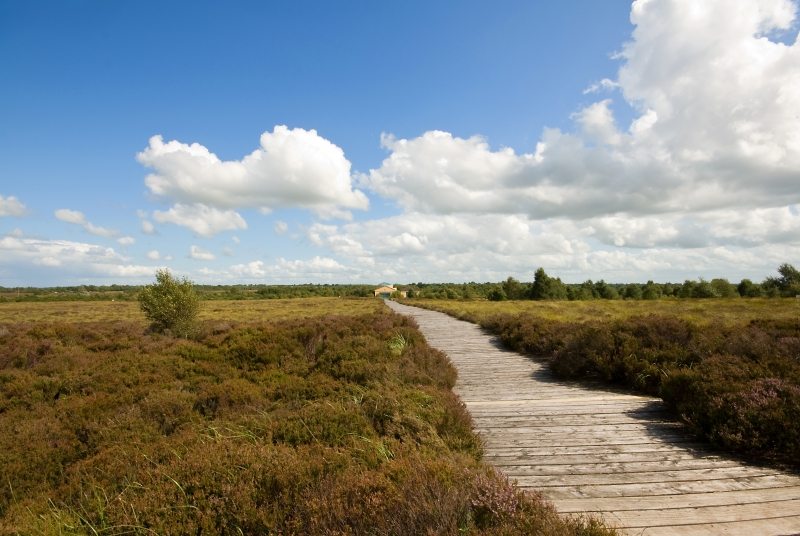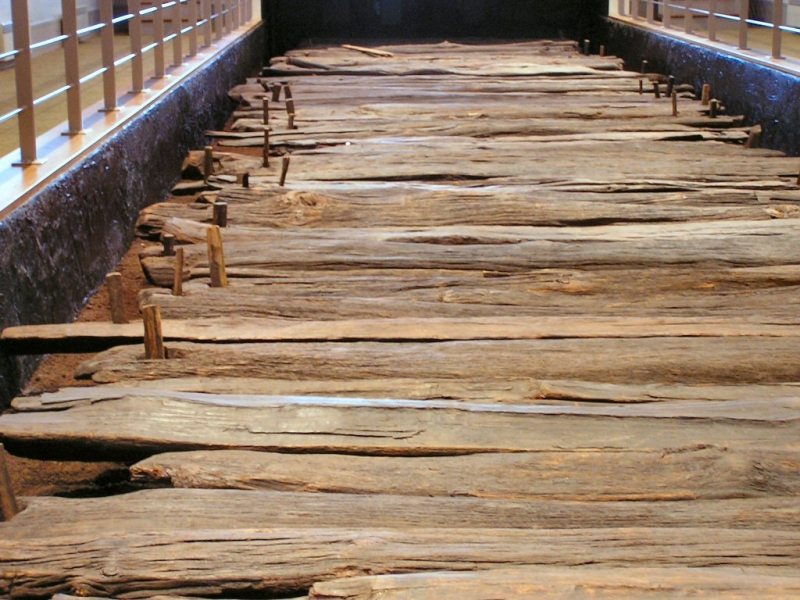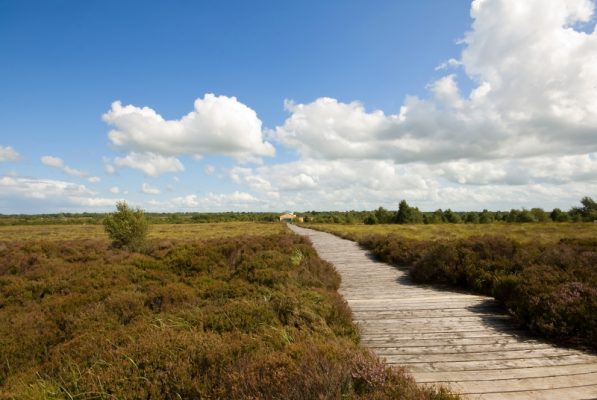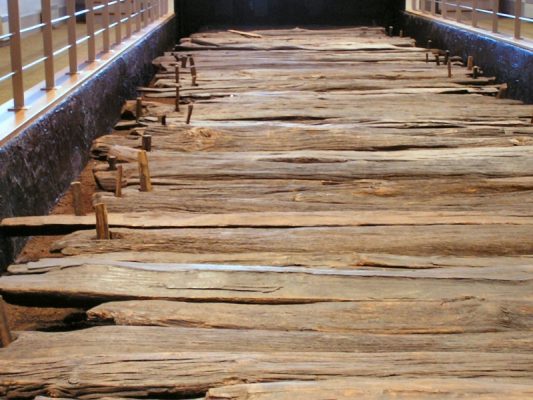- Created: January 20, 2014 7:30 pm
- Updated: December 12, 2017 10:58 am
- Distance Instructions
- Distance 0 m
- Time 0 s
- Speed 0.0 km/h
- Min altitude 0 m
- Peak 0 m
- Climb 0 m
- Descent 0 m
In 1984, timbers recovered from Corlea were radiocarbon dated to the Iron Age, rather than the Bronze Age as had been expected, and an archaeological project was established under the leadership of Professor Barry Raftery to investigate the site before it was destroyed by peat-digging. Excavations to 1991 in Corlea bog revealed 59 toghers in an area of around 125 hectares and further work has raised the total to 108 with a further 76 in the nearby Derryoghil bog. The majority of these toghers are constructed from woven hurdles laid on heaped brushwood on top of the surface, built to be used by people on foot.
Bord na Móna and the Office of Public Works have carried out conservation work on the surrounding bog to ensure that it remains wet and that the buried road remains preserved.

In 1984, timbers recovered from Corlea were radiocarbon dated to the Iron Age, rather than the Bronze Age as had been expected, and an archaeological project was established under the leadership of Professor Barry Raftery to investigate the site before it was destroyed by peat-digging. Excavations to 1991 in Corlea bog revealed 59 toghers in an area of around 125 hectares and further work has raised the total to 108 with a further 76 in the nearby Derryoghil bog. The majority of these toghers are constructed from woven hurdles laid on heaped brushwood on top of the surface, built to be used by people on foot.

Bord na Móna and the Office of Public Works have carried out conservation work on the surrounding bog to ensure that it remains wet and that the buried road remains preserved.



